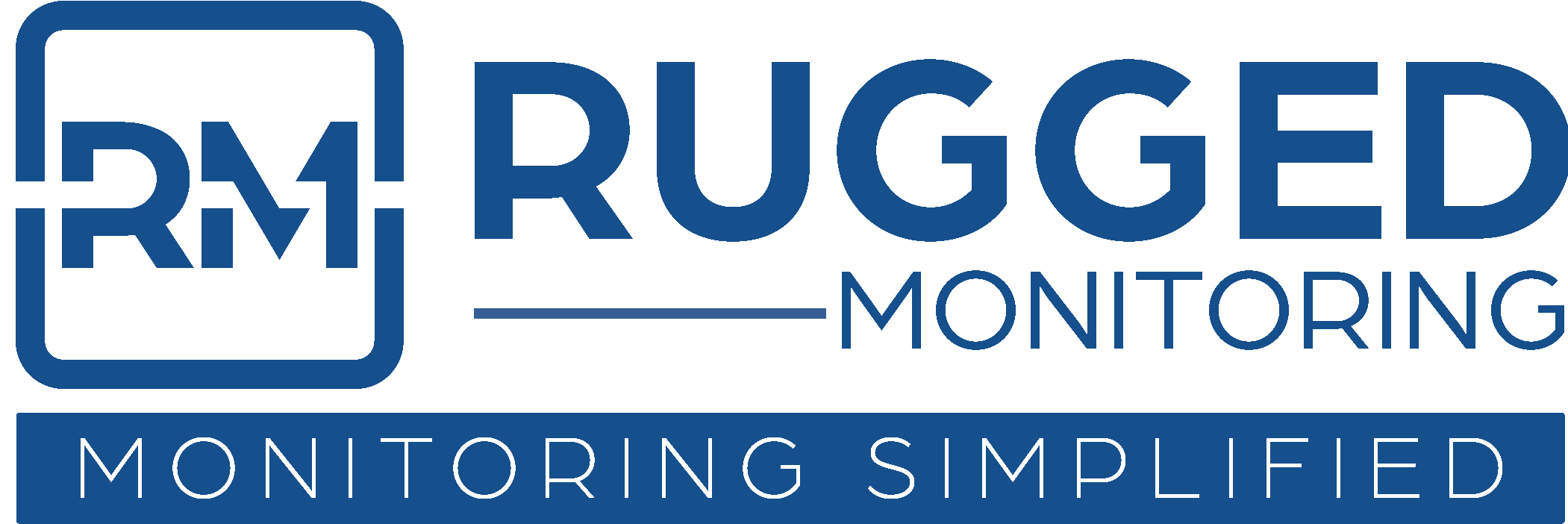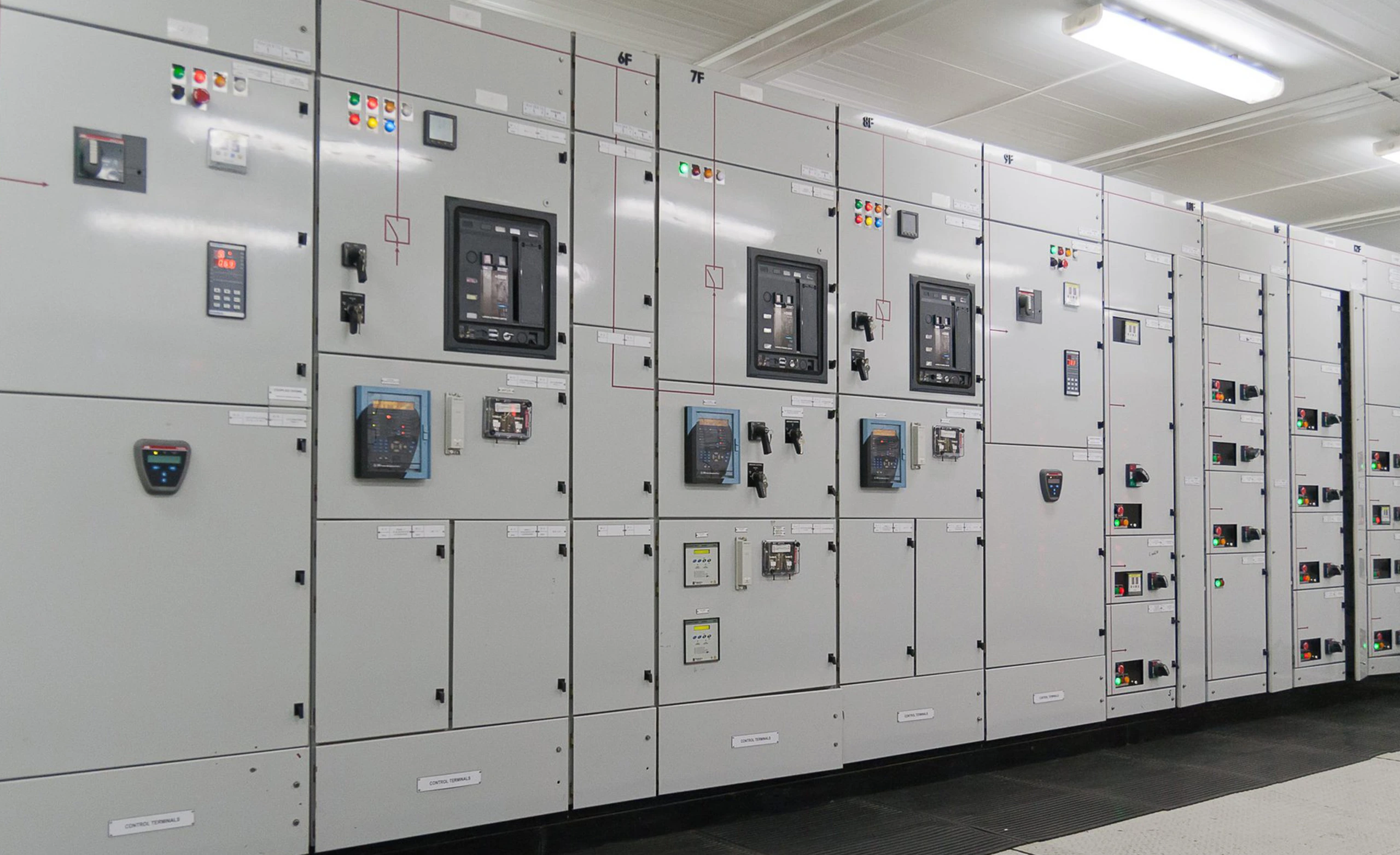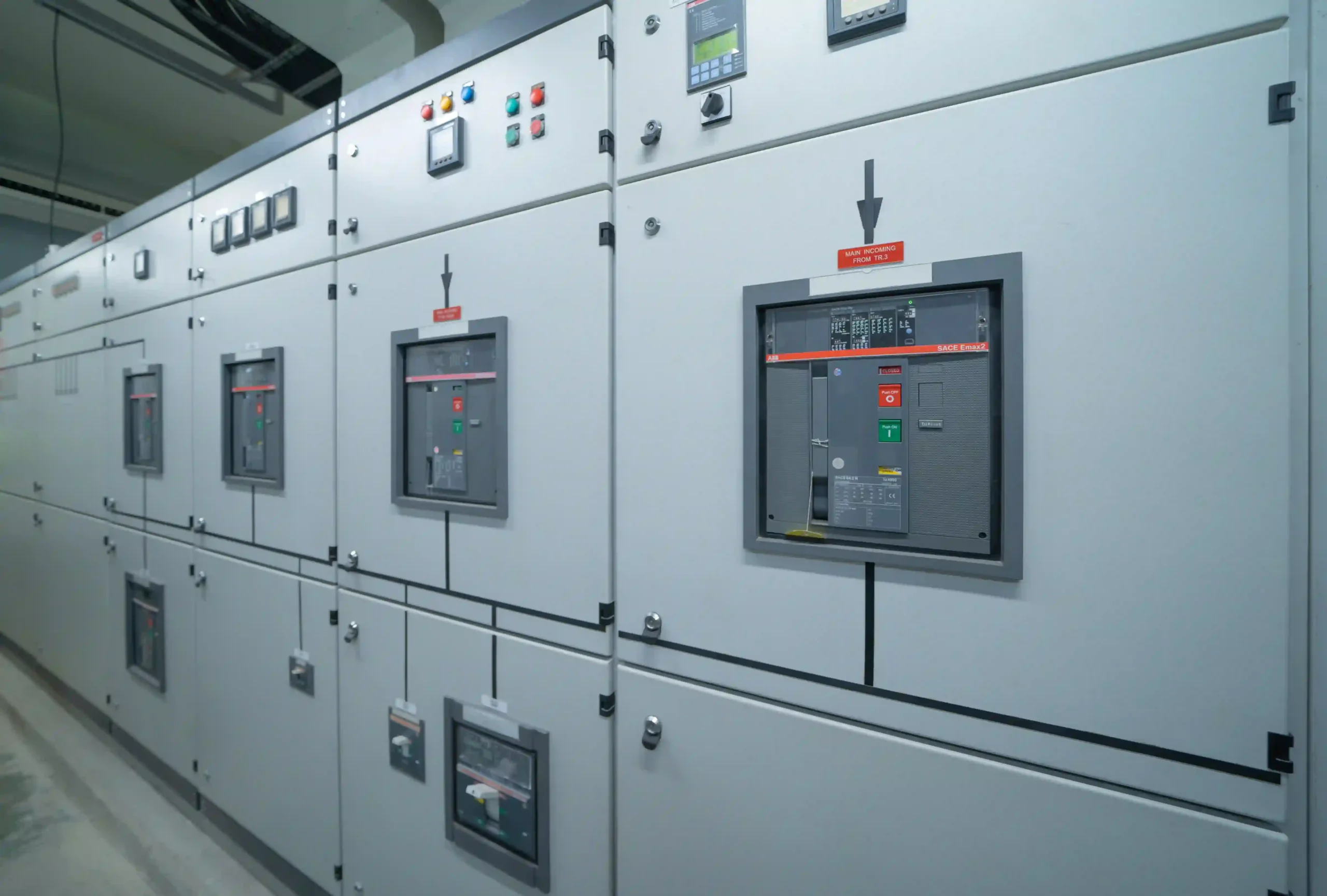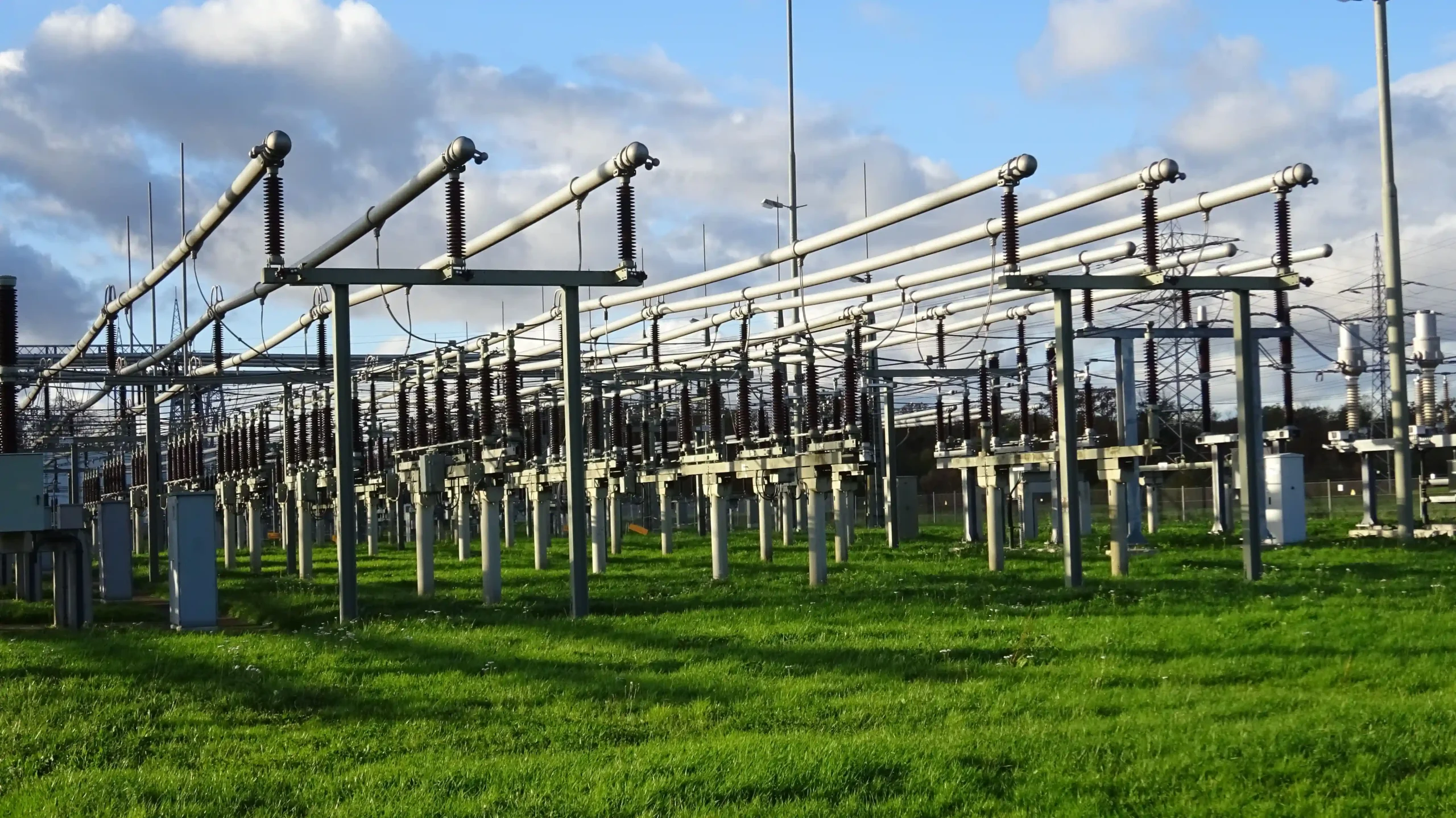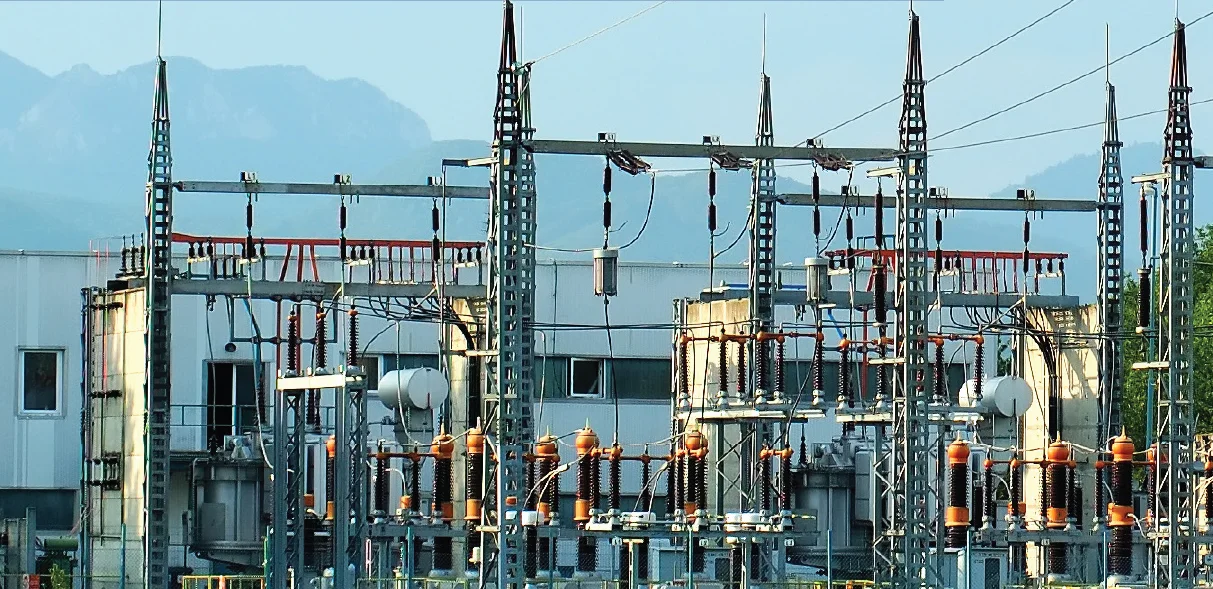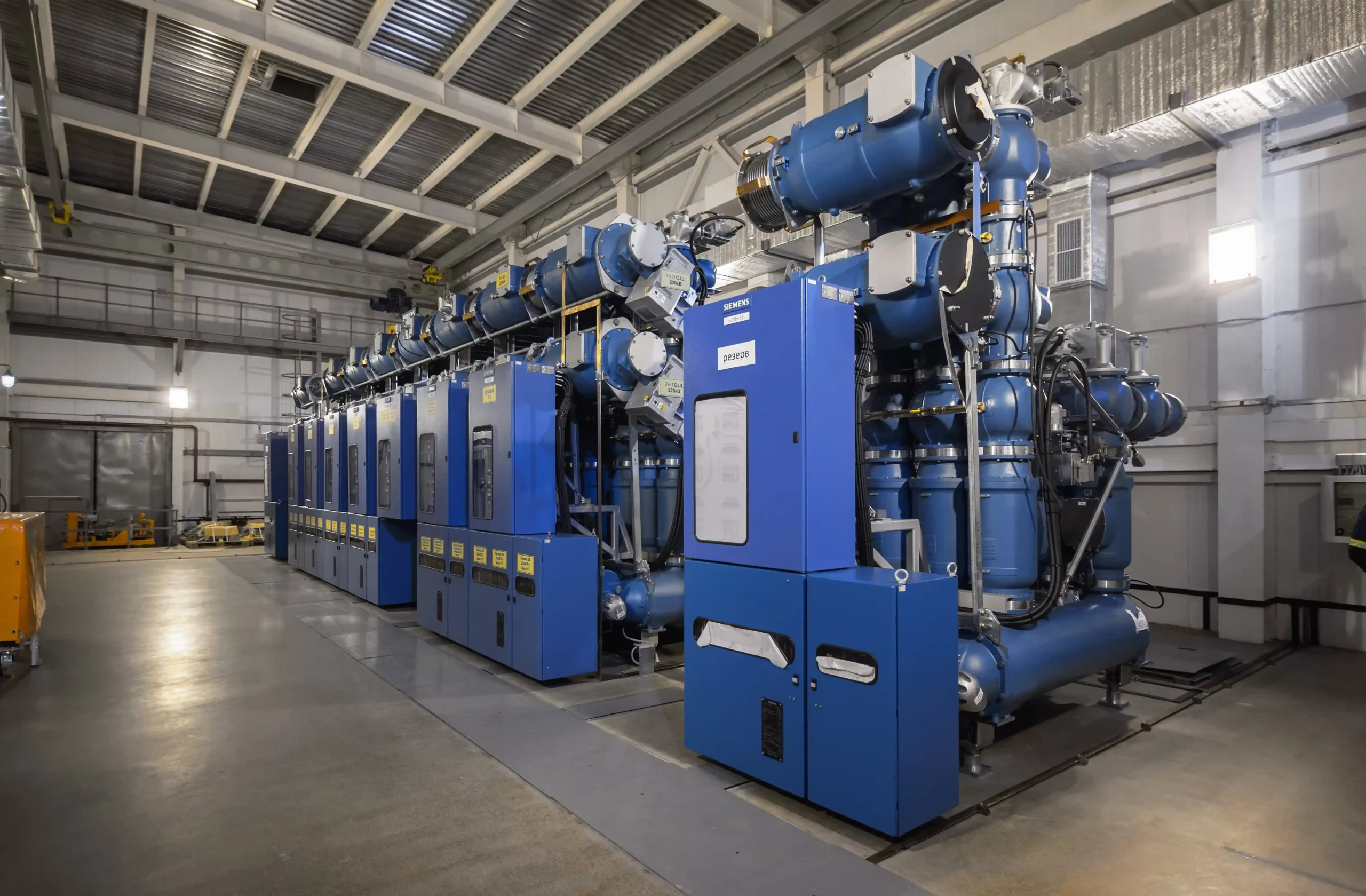Reliable preventive maintenance of switchgear demands precision, foresight, and adherence to the best condition monitoring practices. These preventive strategies help maintain switchgear health, forecast performance issues, and extend longevity. With advanced machine learning tools, rigorous methodologies, and a deep understanding of switchgear behavior, asset experts can avoid potential switchgear failures.
Despite regularly practicing and implementing such condition monitoring systems, experts can occasionally stumble, leading to mistakes that compromise the effectiveness of switchgear monitoring.
This blog explores five critical mistakes in the preventive maintenance of switchgear and provides strategies to avoid them.
Why is Preventive Maintenance of Switchgear Necessary?
Preventive maintenance of switchgear is critical for ensuring reliable power delivery and extending the lifespan. This proactive approach emphasizes real-time detection of potential failures, enabling effective condition monitoring even during continuous operation. By prioritizing preventive switchgear maintenance, organizations can enhance system reliability, minimize costly downtime, and optimize overall industrial, commercial, and utility performance.
To fully realize these benefits, it is essential to implement targeted maintenance strategies and comprehensive testing protocols explicitly designed for switchgear. These measures, including rigorous switchgear testing and adherence to switchgear protocols, ensure precise real-time insights into its health. Such strategies prevent unexpected failures and contribute to the electrical grid’s safety, efficiency, and reliability, providing seamless power distribution.
However, even with access to such advanced condition monitoring systems, experts can undermine their switchgear maintenance efforts by failing to follow certain common oversights. This compromises the effectiveness of switchgear preventive maintenance and leads to undetected faults, safety risks, or inefficient operations.
Below, we explore five critical mistakes in switchgear condition monitoring and provide actionable strategies to avoid them, empowering professionals to strengthen their preventive maintenance of switchgear and achieve optimal results.
1. Safety Concerns and Protocols – Not Properly Following Set Standards
Preventive maintenance of switchgear often involves live equipment, high voltages, and hazardous environments. Failing to adhere to safety protocols when installing, testing, or operating monitoring systems can endanger personnel and compromise data integrity. Common lapses include improper grounding of IoT sensors or inadequate lockout-tagout procedures during setup.
Such safety violations risk human lives and can damage equipment, leading to unreliable monitoring data. For instance, a poorly installed sensor might introduce electrical noise, skewing partial discharge measurements and undermining electrical switchgear testing.
How to Avoid It
– Strictly Adhere to Standards: Follow IEEE, IEC, or local standards (e.g., IEEE C37.20.2 for switchgear safety) during installation and maintenance of monitoring systems.
– Conduct Safety Audits: Regularly audit monitoring setups to ensure compliance with lockout-tagout, personal protective equipment (PPE), and grounding requirements.
– Train for High-Voltage Environments: Ensure all personnel are certified for high-voltage work and understand the risks of live switchgear monitoring.
Prioritizing safety not only protects workers but also ensures the reliability of the monitoring system itself.
2. Neglecting to Define Clear Thresholds for Real-Time Alerts
Real-time monitoring systems in the preventive maintenance of switchgear are only as effective as their alert thresholds. Failing to set clear, equipment-specific thresholds for parameters like temperature, vibration, or partial discharge can result in either excessive alerts (causing alarm fatigue) or missed critical events.
Vague or generic thresholds can also fail to account for the unique operating conditions of each switchgear unit. For example, a 10°C temperature rise might be normal for a heavily loaded breaker but critical for one under light load, leading to missed warnings or unnecessary shutdowns.
How to Avoid It
– Set Equipment-Specific Thresholds: Use manufacturer data, historical performance, and load profiles to define precise alert levels. For instance, set partial discharge thresholds based on the switchgear’s insulation type and voltage class.
– Incorporate Dynamic Thresholds: Use adaptive algorithms that adjust thresholds based on operating conditions, such as ambient temperature or load fluctuations.
– Regularly Review Alerts: Analyze alert logs to fine-tune thresholds, reducing false positives and ensuring critical events trigger immediate action.
Well-defined thresholds make real-time monitoring a powerful tool for the proactive maintenance of switchgear.
3. Inaccurate Assessments Leading to Missed Failures
Inaccurate condition assessments, frequently arising from insufficient data or flawed methodologies, may overlook critical failure modes during the preventive maintenance of switchgear. For instance, relying solely on periodic visual inspections can miss signs of internal arcing or insulation deterioration, which continuous monitoring systems actively detect.
These undetected failures can precipitate catastrophic outages, result in significant equipment damage, or create safety hazards, ultimately undermining the objectives of a robust preventive maintenance strategy for switchgear.
How to Avoid It
–Implement Continuous Monitoring: Use online systems to track critical parameters like partial discharge, SF6 gas pressure, or breaker timing in real time.
– Adopt a Holistic Approach: Combine diagnostic techniques—vibration analysis, dissolved gas analysis (for oil-filled equipment), and thermography—to build a comprehensive health profile.
– Calibrate Monitoring Equipment Regularly: Ensure sensors and diagnostic tools are accurate to avoid skewed data that masks failure precursors.
A rigorous, multi-faceted assessment strategy minimizes blind spots and catches issues before they escalate.
4. Ignoring the Aging of the Asset
Due to several stresses, switching components such as circuit breakers, insulators, switchgear cables, and busbars degrade over time. This aging affects the dielectric strength, contact resistance, and mechanical integrity of critical switchgear components. Most switchgear monitoring systems fail to reflect age-related issues, such as signs of wear, increased partial discharge, or slower breaker operation, leading to unexpected failures.
Thus, any condition monitoring system supporting preventive maintenance of switchgear should consider natural aging to reduce the redundancies in catching failures.
How to Avoid It?
Incorporate Asset Age into Models: Adjust monitoring parameters using historical data and manufacturer specifications. For example, increasing the partial discharge testing frequency for switchgears over 15 years old is part of switchgear maintenance.
– Utilize Predictive Analytics: Implement algorithms that factor in age-related degradation curves to predict failure risks more accurately.
– Regularly Update Baseline Data: Recalibrate baseline measurements (e.g., insulation resistance) to reflect the asset’s current state, not just its commissioning data.
By dynamically adjusting monitoring to account for aging, preventive maintenance of switchgear becomes more proactive, ensuring early detection of issues specific to older equipment.
5. Incorrect Data Interpretation
Preventive maintenance of switchgear relies on accurate interpretation of critical data such as temperature, vibration, partial discharge, and more. A common pitfall in this process is misinterpreting this data, which can arise from an overreliance on automated diagnostics or a lack of contextual understanding. For example, a significant temperature increase may raise alarms as critical, but it could simply result from a temporary load increase on the switchgear cables rather than an actual defect.
Such inaccurate interpretations often lead to false positives, resulting in the ineffective allocation of resources toward unnecessary testing of electrical switchgear, along with false negatives that overlook genuine issues. This undermines confidence in the monitoring system and can cause significant operational downtime and associated costs.
How to Avoid It?
– Cross-Validate Data Sources: Combine multiple parameters (e.g., temperature with current load) to contextualize anomalies. For example, use infrared thermography alongside current fiber optic sensing measurements to confirm hot spots.
– Train Personnel in Data Analysis: Ensure engineers understand the nuances of switchgear behavior under varying conditions. For instance, know that contact resistance naturally increases slightly with wear but spikes with arcing.
– Use Advanced Analytics Tools: Employ machine learning models trained on switchgear-specific datasets to filter noise and highlight true anomalies.
Accurate interpretation requires both technical expertise and robust tools to transform raw data into actionable insights.
